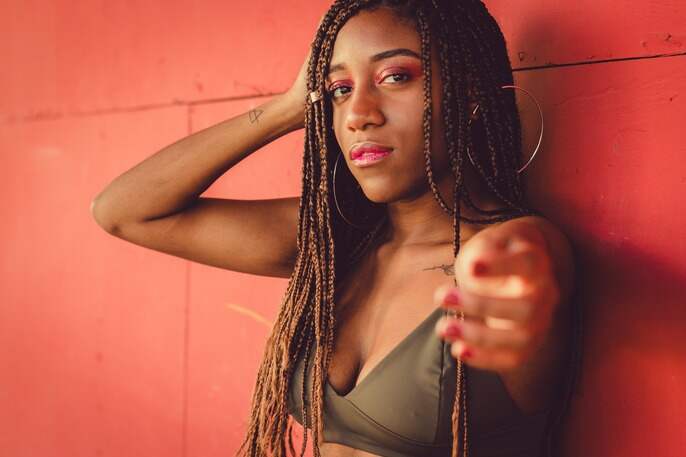Braided hairstyles are incredibly popular, but many people experience annoying itchiness when they wear braids.
In this article, we delve into the reasons behind the itchiness associated with braids.
- From understanding the structure of braids
- to exploring common causes such as tight braiding, dry scalp, product residue, and allergic reactions,
- we aim to provide insights into why braids can be so itchy.
By understanding the causes of itchiness, we can uncover effective solutions to ensure a comfortable and enjoyable braiding experience.
Understanding the Braids Structure
Understanding the structure of braids is essential for comprehending why they can cause itching and discomfort for some individuals.
How Braids are Created and Maintained
Braids are hairstyles created by weaving or intertwining sections of hair together, resulting in a woven pattern that can be simple or intricate.
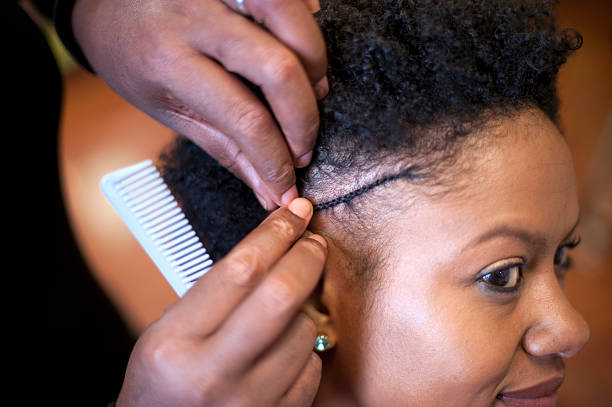
Image: Getty Image
There are various types of braids, including French braids, Dutch braids, box braids, cornrows, and many more, each offering its own unique look. The process of braiding involves dividing the hair into sections and crossing them over each other in a specific pattern.
The tension and tightness of the braids vary depending on personal preference and styling technique. When braids are created, they exert a pulling force on the scalp, which can have both positive and negative effects on the hair and scalp health.
The Impact of Braids on the Scalp
Braids can have both positive and negative effects on the scalp. On the positive side, braids can protect the hair by reducing friction and preventing tangles and breakage. They can also offer a convenient and stylish option for individuals with busy lifestyles or those seeking a low-maintenance hairstyle.
However, the tightness and tension involved in creating braids can sometimes lead to discomfort and irritation of the scalp.
The pulling force exerted by tightly braided hair can result in a condition called traction alopecia. This occurs when the hair is pulled too tightly, causing stress on the hair follicles and potentially leading to hair loss in the affected areas.
It is essential to strike a balance between achieving the desired tightness of the braids and avoiding excessive tension that could harm the scalp.
Common Causes of Itchiness in Braids
Let's take a look at the main causes of braid itch.
Dry Scalp and Lack of Moisture
One of the significant culprits behind the itchiness experienced with braids is a dry scalp and lack of moisture.
When braids are installed, the hair strands are tightly woven together, making it challenging for the scalp's natural oils to distribute evenly. As a result, the scalp can become dry and dehydrated, leading to itchiness and discomfort.
Tight Braiding Alopecia
Another common cause of braid itch is tight braids.
When hair is pulled too tight, it can cause a condition called "traction alopecia." This condition results in inflammation of the hair follicles, leading to itching, redness, and hair loss. If you notice that your braids are causing scalp irritation or discomfort, try loosening them or wearing them loose for some time.
Preservatives
Many people are surprised to learn that preservatives are one of the main causes of braid itch. That's right - those same chemicals added to food and other products to prolong their shelf life can also be found in some types of braiding hair.
When these chemicals come into contact with the scalp, they can cause irritation and even allergic reactions. If you're prone to scalp irritation, avoiding braiding hair containing preservatives is best.
Build-up of Product Residue and Sweat
Another common cause of itchiness in braids is the build-up of product residue and sweat on the scalp.
When braiding the hair, it is common to use various styling products such as gels, creams, or sprays to achieve a desired look or to hold the braids in place.
Over time, these products can accumulate on the scalp, creating a layer of residue that can trap dirt, bacteria, and sweat.
Weight
Believe it or not, even the weight of your braids can contribute to braid Itch. If your braids are too heavy, they can pull on your scalp and irritate it. To avoid this problem, choose lightweight braid hair for your next style.
Allergic Reactions to Products or Extensions
Itchiness in braids can also be attributed to allergic reactions caused by hair products or extensions used during the braiding process.
Some individuals may have sensitivities or allergies to certain ingredients commonly found in hair products, such as fragrances, preservatives, or dyes. When these products come into contact with the scalp, they can trigger an allergic response, leading to itchiness, redness, and irritation.
Coarse Braiding Hair Strands
Some people find that coarse braiding hair is more likely to cause itchiness than other types. If you're concerned about this issue, try using a different type of braid hair or investing in a good quality detangling spray.
Tips to Reduce Braid Itch
Now that we've discussed the causes of braid itch let's look at some tips for reducing it.
Maintaining Proper Hygiene and Cleanliness

-
Regular Scalp Cleansing: Wash your scalp regularly to remove dirt, sweat, and product residue that can accumulate. Use a gentle clarifying shampoo or a specially formulated braid cleanser, focusing on massaging the scalp without disturbing the braids. Rinse thoroughly to ensure all the shampoo is removed.
-
Use a Moisturizing Shampoo and Conditioner: Instead of opting for a shampoo and conditioner that promises to remove oil and dirt, use one that helps retain moisture. This will help prevent your scalp from drying out and reduce the itching.
-
Diluted Apple Cider Vinegar Rinse: An apple cider vinegar rinse can help balance the scalp's pH level and remove build-up. Mix equal parts of apple cider vinegar and water, then apply the mixture to the scalp after shampooing. Gently massage, leave it on for a few minutes, and rinse thoroughly.
Moisturizing the Scalp and Hair Regularly
Moisturizing the scalp and hair regularly is essential in preventing and alleviating itchiness associated with braids. Here are some tips to keep your scalp and hair well-hydrated:
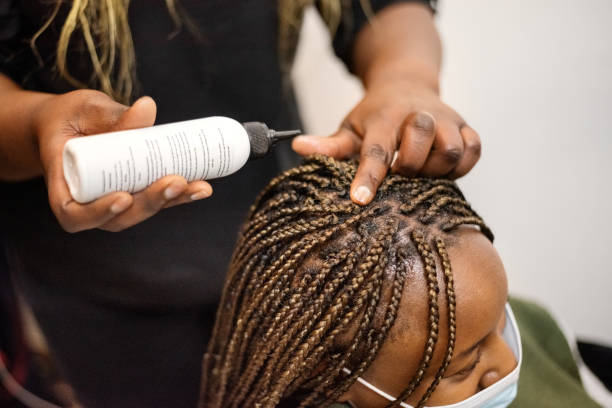
Image: Getty Images
-
Use a Leave-In Conditioner: Apply a leave-in conditioner specifically formulated for braided hairstyles. These products help moisturize the scalp and hair without leaving a greasy residue. Look for leave-in conditioners that contain hydrating ingredients like aloe vera, glycerin, or coconut oil.
-
Use a Moisturizing Spray: Spritz a moisturizing spray onto your scalp and braids to provide instant hydration and relief from itchiness. Look for sprays that contain water, natural oils, or humectants that attract moisture to the hair and scalp.
-
Oil Your Scalp: Apply a lightweight scalp oil or natural oil, such as jojoba oil or tea tree oil, to your scalp to moisturize and soothe any dryness or itchiness. Remember to apply the oil sparingly and focus on massaging it into the scalp, avoiding excessive use that can lead to build-up.
-
Steam Treatments: Treat your scalp to steam treatments occasionally. This can be done by sitting in a steamy shower or using a steamer specifically designed for hair. The steam helps to open up the hair cuticles and allows moisture to penetrate, keeping the scalp and hair hydrated.
-
Protective Styling: Opt for protective styles that allow for easy access to the scalp. This enables you to apply moisturizing products directly to the scalp and ensure they penetrate through the braids to reach the scalp.
-
Stay Hydrated: Remember to drink an adequate amount of water to maintain hydration from within. Hydrated hair starts with a well-hydrated body.
Treating Scalp Inflammation and Allergic Reactions
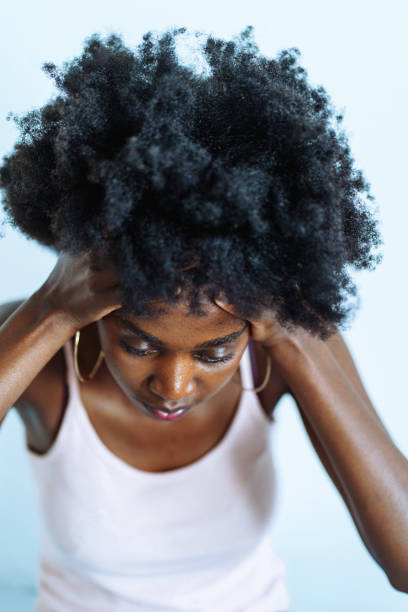
Image: Getty Images
-
Cool Compress: Apply a cool compress or ice pack wrapped in a thin cloth to the affected areas of the scalp. This can help reduce inflammation, soothe the skin, and provide temporary relief from itchiness.
-
Anti-Inflammatory Creams or Lotions: Consult with a dermatologist or healthcare professional who can recommend over-the-counter or prescription anti-inflammatory creams or lotions. These can help alleviate scalp inflammation and provide relief from itchiness caused by allergic reactions or irritation.
Choosing the Right Braiding Technique and Stylist
-
Looser Tension: Opt for braiding techniques that allow for a looser tension on the scalp. Tight braids exert excessive pressure on the hair follicles and scalp, leading to discomfort and itchiness. Discuss with your stylist about your desired level of tightness and ensure they have experience in creating comfortable and less tension-inducing braids.
-
Scalp-Friendly Braiding Patterns: Certain braiding patterns can cause more stress and strain on the scalp. Choose braiding styles that distribute the weight evenly across the scalp and avoid excessive pulling on specific areas. A skilled stylist can recommend appropriate braiding patterns that prioritize scalp health and minimize itchiness.
-
Hygienic Practices: Ensure that your chosen stylist follows hygienic practices during the braiding process. They should wash their hands thoroughly, use clean tools and equipment, and maintain a clean working environment. This reduces the risk of introducing bacteria or other irritants to your scalp, minimizing the chances of itchiness and scalp issues.
-
Experience and Reputation: Choose a stylist with a good reputation and ample experience in braiding. Look for reviews, ask for recommendations, or schedule a consultation to discuss your concerns and assess their expertise. A knowledgeable and skilled stylist will be familiar with techniques to prevent itchiness and discomfort while maintaining the integrity of your braids.
By following these tips, you should be able to reduce braid itch and enjoy your style with comfort.
Conclusion
Taking proactive steps such as choosing the right braiding technique and stylist, maintaining proper hygiene and cleanliness, moisturizing the scalp and hair regularly, and addressing scalp inflammation or allergic reactions can greatly reduce itchiness and discomfort associated with braids.
Prioritizing scalp health is crucial in preserving the integrity of braided hairstyles and ensuring a positive and sustainable hair care routine.
It is important to remember that everyone's scalp is unique, and finding the right approach may require some trial and error.
Listening to your scalp's needs, seeking professional advice when necessary, and adapting your hair care routine accordingly will lead to a more comfortable and itch-free braided hairstyle experience.
If you are still experiencing problems, many hairstylists provide free consultations or 1-on-1 advice from one of hair professionals.
